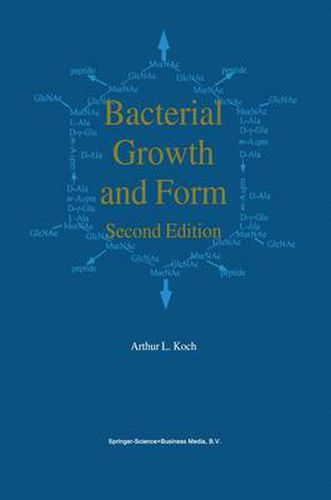Readings Newsletter
Become a Readings Member to make your shopping experience even easier.
Sign in or sign up for free!
You’re not far away from qualifying for FREE standard shipping within Australia
You’ve qualified for FREE standard shipping within Australia
The cart is loading…






This title is printed to order. This book may have been self-published. If so, we cannot guarantee the quality of the content. In the main most books will have gone through the editing process however some may not. We therefore suggest that you be aware of this before ordering this book. If in doubt check either the author or publisher’s details as we are unable to accept any returns unless they are faulty. Please contact us if you have any questions.
As some of the simplest organisms, bacteria have a close connection to physics and chemistry. This book investigates how these organisms solve their problems. They do so in a way that is adequate but less dependent on the evolution of very sophisticated biological tools that are so prominent in the biology of eukaryotic plants and animals. This simplicity is a consequence of the fact that the domain of bacteria separated from the evolutionary tree earlier than the other two domains. Early parts of the book are devoted to evolutionary processes and mathematics for the study of bacteria growth. Also presented are the physics of osmotic pressure, surface tension, and relevant aspects of biochemistry.
$9.00 standard shipping within Australia
FREE standard shipping within Australia for orders over $100.00
Express & International shipping calculated at checkout
This title is printed to order. This book may have been self-published. If so, we cannot guarantee the quality of the content. In the main most books will have gone through the editing process however some may not. We therefore suggest that you be aware of this before ordering this book. If in doubt check either the author or publisher’s details as we are unable to accept any returns unless they are faulty. Please contact us if you have any questions.
As some of the simplest organisms, bacteria have a close connection to physics and chemistry. This book investigates how these organisms solve their problems. They do so in a way that is adequate but less dependent on the evolution of very sophisticated biological tools that are so prominent in the biology of eukaryotic plants and animals. This simplicity is a consequence of the fact that the domain of bacteria separated from the evolutionary tree earlier than the other two domains. Early parts of the book are devoted to evolutionary processes and mathematics for the study of bacteria growth. Also presented are the physics of osmotic pressure, surface tension, and relevant aspects of biochemistry.